Influence of Dietary Trends
The lactose free-dairy-products market is significantly impacted by evolving dietary trends, including the rise of gluten-free and low-carb diets. As consumers adopt these dietary patterns, they often seek lactose-free options that align with their health goals. This trend is particularly evident among individuals who are more health-conscious and are actively looking to eliminate certain food components from their diets. The increasing popularity of such diets suggests that the lactose free-dairy-products market could see a substantial uptick in demand, as consumers prioritize products that fit their dietary restrictions. This alignment with broader dietary trends may lead to innovative product development and marketing strategies aimed at capturing the attention of health-focused consumers.
Expansion of Retail Channels
The lactose free-dairy-products market is undergoing a transformation in retail distribution channels. With the rise of e-commerce and online grocery shopping, consumers now have greater access to lactose-free products than ever before. Major retailers are expanding their offerings, ensuring that lactose-free options are readily available in both physical and online stores. This expansion is crucial as it caters to the growing consumer base that seeks convenience and variety. The increase in retail channels is likely to enhance market penetration, making lactose-free products more accessible to a broader audience. As a result, the lactose free-dairy-products market is expected to witness a surge in sales, driven by improved availability and consumer convenience.
Rise of Plant-Based Alternatives
The lactose free-dairy-products market is influenced by the rising popularity of plant-based alternatives. As consumers seek healthier and more sustainable options, many are turning to non-dairy substitutes that are lactose-free. This trend is not only driven by lactose intolerance but also by a growing interest in veganism and environmental concerns. The market for plant-based dairy alternatives is expected to reach approximately $21 billion by 2027, which could further propel the lactose free-dairy-products market as consumers look for diverse options. This shift suggests that traditional dairy producers may need to innovate and adapt their offerings to remain competitive in a landscape increasingly dominated by plant-based products.
Growing Demand for Lactose-Free Options
The lactose free-dairy-products market is experiencing a notable increase in demand as consumers become more aware of lactose intolerance and its effects on health. Approximately 30-50% of the population in the US is estimated to be lactose intolerant, leading to a significant shift towards lactose-free alternatives. This growing awareness is driving manufacturers to expand their product lines, catering to a wider audience. The market is projected to grow at a CAGR of around 10% over the next few years, indicating a robust trend towards lactose-free options. As consumers prioritize their health and dietary preferences, the lactose free-dairy-products market is likely to see sustained growth, with an increasing number of retailers stocking these products to meet consumer needs.
Increased Awareness of Nutritional Benefits
The lactose free-dairy-products market is benefiting from increased awareness of the nutritional advantages of lactose-free products. Many consumers are recognizing that lactose-free dairy can provide essential nutrients such as calcium and vitamin D without the discomfort associated with lactose. This awareness is particularly prevalent among health-conscious individuals and families seeking to maintain a balanced diet. As a result, the lactose free-dairy-products market is likely to see an increase in sales, with consumers actively seeking out these products for their health benefits. The market's growth trajectory appears promising, with projections indicating a potential increase in market value to over $3 billion by 2026, reflecting the rising consumer preference for lactose-free options.


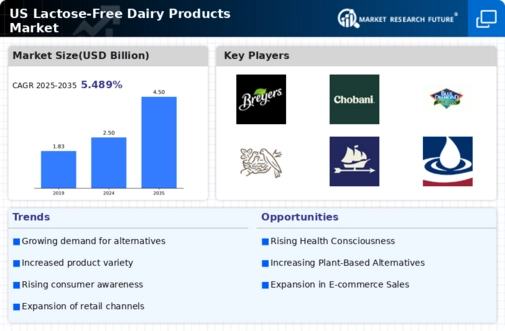
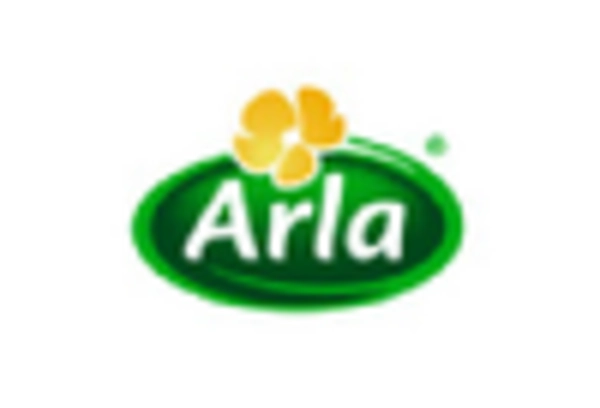
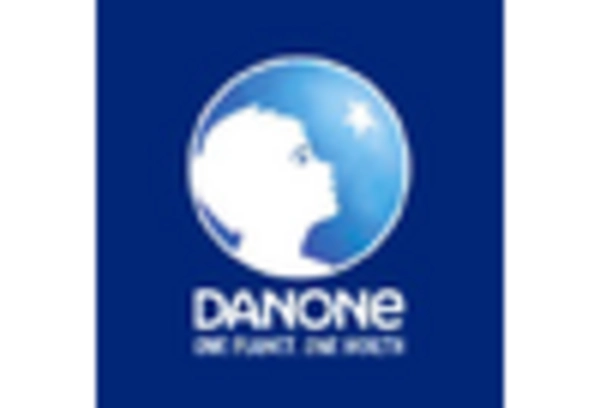
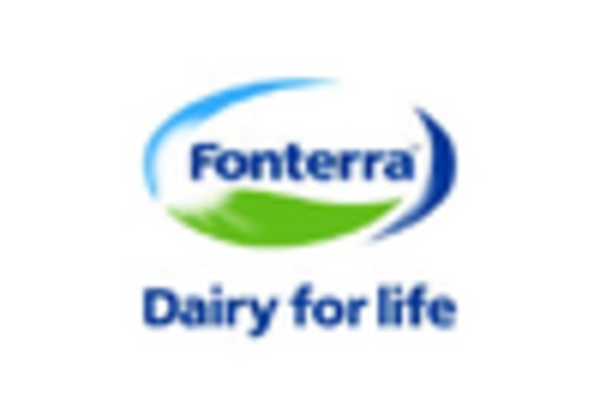
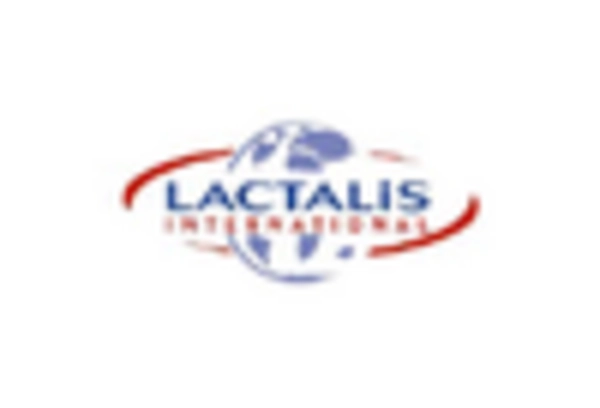
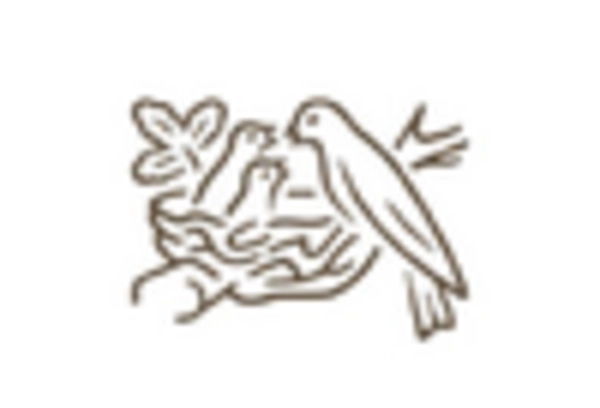
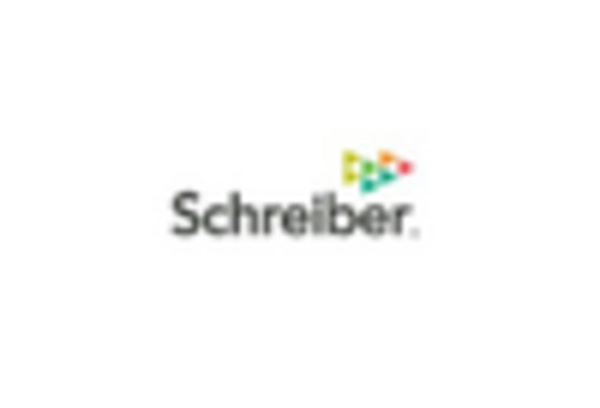








Leave a Comment